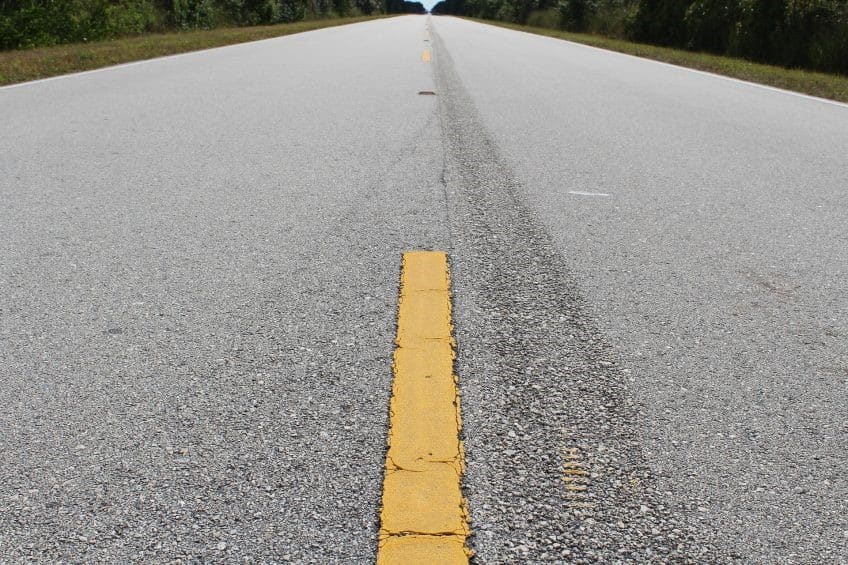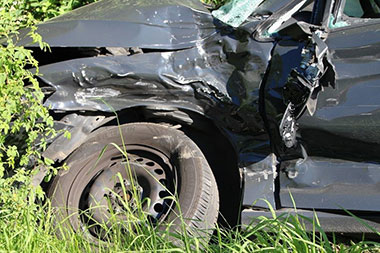Improper Merging Onto Interstate Highway
News Events
Facts Of The Accident
19-Year-old Michael J. Martinez was merging onto I-4 in a 2000 Isuzu SUV when he collided with the side of a semi-truck driven by Demetrias Gray. The accident caused Mr. Gray to lose control of the semi-truck resulting in a “jackknife” accident with the guardrail. I would assume that Mr. Martinez was running out of space to merge and thought that the semi-truck was going to move over for him but it didn’t.
What Is The Proper Way To Merge Onto An Interstate?
The best place to look for an explanation of a Florida driver’s legal obligation when merging onto the interstate is the Florida Driver’s Handbook. Everyone with a driver’s license is supposed to have read it and have been tested on it. Again, this does not mean that everyone remembers what it says.
The handbook describes the proper way to merge below:
Entering & Leaving Limited Access/Interstate Highways
All limited-access highway entrances have three basic parts: an entrance ramp, an acceleration lane, and a merging area. When entering an interstate highway:
- On the entrance ramp, begin checking for an opening in traffic. Signal your intent to merge onto the expressway.
- Increase your speed as the ramp straightens into the acceleration lane. Adjust your speed so that you can safely merge into the traffic when you reach the end of the acceleration lane.
- Merge into traffic when you can do so safely. You must yield the right of-way to traffic on the highway. Do not stop in the acceleration lane unless traffic is too heavy and there is no space for you to enter safely.
Therefore, according to this explanation from the government, the driver has to use the acceleration lane (on-ramp) to match speeds with the traffic on the highway and find a place to safely enter. If you cannot do so, then you have to stop and wait for a space to safely enter. No one wants to stop on an on-ramp and doing so is generally dangerous because other people behind you expect to accelerate and merge. Stopping on an on-ramp is something that you should avoid if at all possible.
However, none of this changes the Florida DHSMV’s official position that it is the duty of the merging vehicle to yield. In practice, this is where courtesy goes a long way. If you see someone who needs to merge on the interstate, you should let them in even if you have to use your brakes (even though they have the legal obligation to “yield” the right of way).
What Statute Applies To Merging At An Interstate On-Ramp In Florida?
Florida does not have a statute that specifically addresses merging onto the interstate like the Florida Driver’s Handbook discusses. Instead, if you improperly merge onto the interstate, then you will likely be charged with an improper lane change and/or careless driving.
Section 316.085, Fla. Stat. addresses changing course below:
316.085 Limitations on overtaking, passing, changing lanes and changing course.—
(2) No vehicle shall be driven from a direct course in any lane on any highway until the driver has determined that the vehicle is not being approached or passed by any other vehicle in the lane or on the side to which the driver desires to move and that the move can be completely made with safety and without interfering with the safe operation of any vehicle approaching from the same direction.
From the statutory language, it is clear that a driver cannot change lanes unless the move can be completely made with safety and without interfering with the safe operation of other vehicles.
Again, this is where the courtesy of drivers on the highway goes a long way. Even though a driver may have every legal right to keep their vehicle on cruise control when someone is trying to merge, doing so can be dangerous. As mentioned many times throughout my blogs, the only good accident is the one that never happens.
Contact A Lakeland Personal Injury Attorney About Your Car Accident
If you have been injured in a car accident in Polk County, Florida, you should contact a car accident attorney in Lakeland, FL to discuss your case in further detail. A consultation with an attorney to sort out all of the facts and issues is free. Call today to schedule your free appointment.


